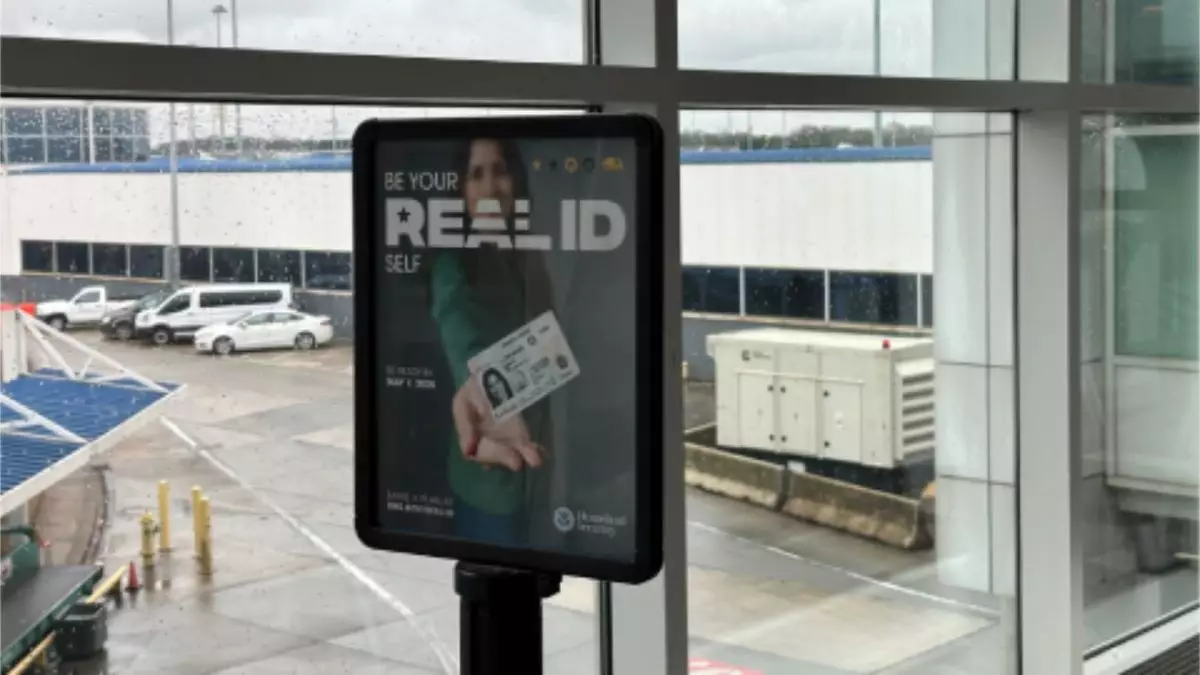The Real ID Act of 2005 was established to enhance national security and establish minimum security standards for state-issued identification. After facing multiple delays, the full enforcement deadline is now set for May 7, 2025. This regulation mandates that only Real ID-compliant driver’s licenses and identification cards will be accepted in federal facilities and during air travel. The government’s enforcement pace reflects a balancing act between improving security measures and accommodating the public’s readiness to comply.
On Thursday, the Transportation Security Administration (TSA) put forward a proposed rule that could defer the complete implementation of Real ID enforcement until 2027. This strategic move allows flexibility in how agencies apply the rules leading up to this new deadline. Although this proposal might offer some relief for travelers, it introduces uncertainty. If fully approved, TSA could employ a phased implementation approach, possibly leading to varied experiences for travelers based on the timing of their travel and their identification documents.
One of the most concerning points for travelers is the lack of clarity surrounding potential outcomes if they arrive at the airport without a compliant form of identification after the impending May 7 deadline. While the proposed rule suggests that full enforcement might not take place immediately, it is crucial for travelers to remain vigilant and stay prepared to avoid any last-minute inconveniences.
Potential Consequences for Air Travelers
Traveling without a Real ID or another valid identification could result in significant delays at security checkpoints. The uncertainty surrounding the TSA’s enforcement timeline raises questions about the adequacy of public communication regarding the implications of these rules. As the date approaches, the TSA encourages travelers to obtain a Real ID or verify their alternative identification options to ensure smooth passage through airport security.
David Pekoske, the TSA administrator, emphasized the agency’s commitment to working closely with the public and state licensing authorities during this transition. However, the effectiveness of this outreach will be judged by how well the TSA manages the flow of information and adherence to deadlines, particularly for the segments of the population still unfamiliar with the necessities of the Real ID program.
The proposed extension of the enforcement period not only aims to reduce immediate stress for travelers but also reflects a larger conversation about national security and identity verification. The Real ID program has been designed with the intent to reduce fraud and increase the integrity of identification documents, thus enhancing the security landscape of air travel and federal spaces.
However, the administrative delays and adjustments signal a deeper issue regarding compliance and readiness among states and local jurisdictions. There is a necessity for continued education and outreach to ensure that every citizen is adequately informed about the impending requirements.
While the TSA’s proposed rule may provide a layer of comfort for travelers in the short term, it underscores the importance of being proactive about identification requirements amid evolving regulations. Travelers should remain informed and prepared to navigate the complexities of identification in federal and aviation contexts as the new deadlines approach.


Leave a Reply